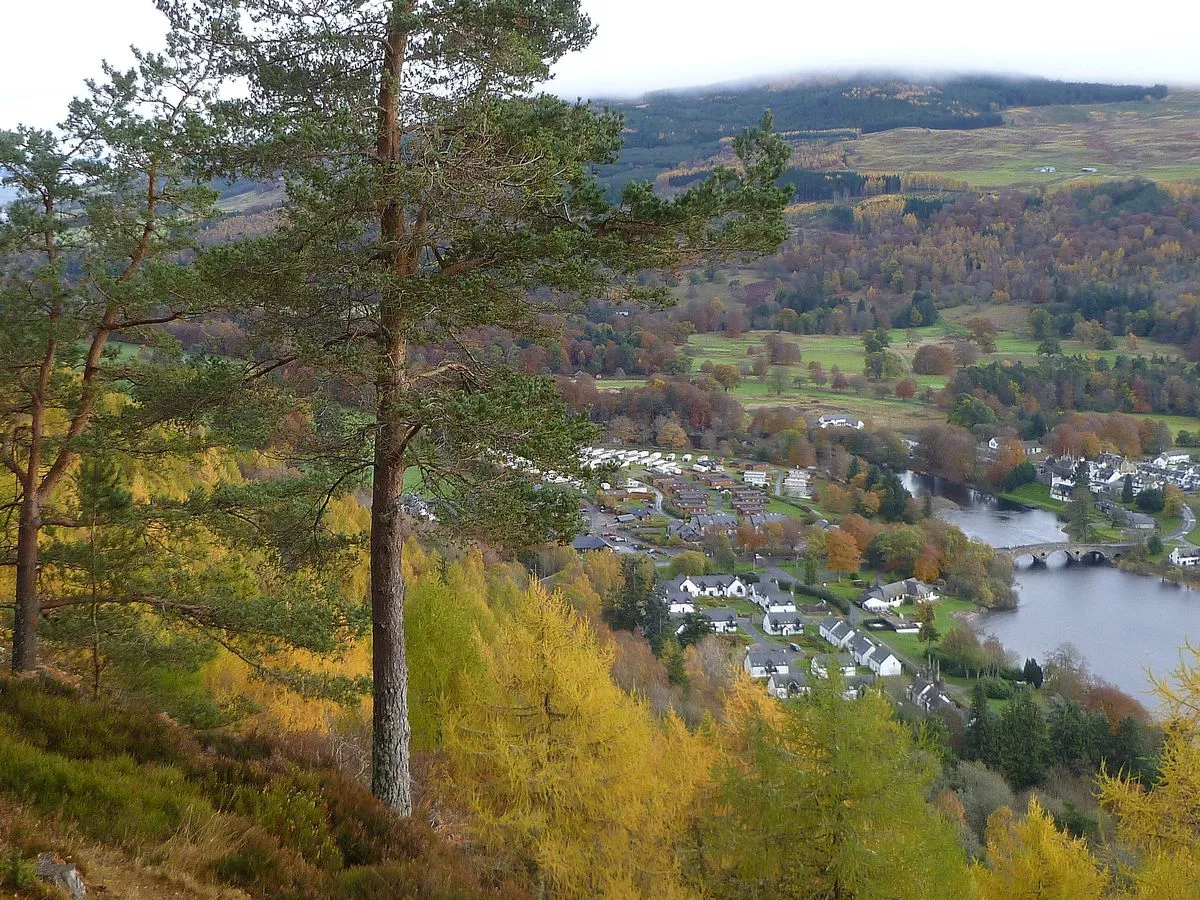
A new study has provided fresh insights into how Earth recycles its carbon.
Rock weathering acts as the slow, reliable mechanism that stabilizes Earth’s climate. The easy explanation is that rain, rocks, and carbon burial keep the climate in check, but new research shows this account may be incomplete.
The University of California, Riverside, team discusses a new perspective on Earth’s climate regulation, suggesting that the rock weathering system is not the whole story.
The researchers propose that a second system involving ocean carbon burial is also at play, which could lead to rapid, extreme cooling and potentially trigger ice ages.
Ocean carbon burial
The natural process, known as rock weathering, is a key mechanism for regulating Earth’s climate over geological time.
It begins when rain absorbs atmospheric carbon dioxide (CO2). This water then falls onto exposed land, slowly dissolving silicate rocks like granite.
The captured CO2 and the dissolved rock material travel to the ocean, where they combine to form seashells and limestone reefs.
This system acts as a stabilizing feedback loop: as Earth warms, rocks weather faster, pulling more CO2 out of the air and cooling the planet down.
It’s like a thermostat set to “gentle regulation.”
“As the planet gets hotter, rocks weather faster and take up more CO₂, cooling the planet back down again,” said Andy Ridgwell, UCR geologist and co-author, in the press release on September 25.
However, according to the study’s authors, this gentle regulation fails to account for geological evidence of ancient, extremely ice ages.
The researchers propose a new mechanism that acts like an “erratic thermostat” that cools the planet and wildly overshoots.
The interaction between warming, ocean nutrients, and oxygen levels fuels this system.
Rising atmospheric CO2 and subsequent planetary warming increase the influx of phosphorus and other nutrients into the ocean.
These nutrients stimulate the growth of plankton, which absorb CO2 through photosynthesis. The plankton sink to the seafloor upon dying, burying and locking away the carbon.
But here’s the twist: the oceans lose oxygen in a warmer, algae-rich world.
This lack of oxygen prevents phosphorus from being permanently buried, causing it to be recycled instead.
It creates a positive feedback loop: the recycled nutrients fuel even more plankton growth, which removes more oxygen, leading to more nutrient recycling.
The overall effect is the plankton’s simultaneous, massive carbon burial, which dramatically cools the Earth.
The result is a sudden, massive drawdown of atmospheric CO2. It could dramatically cool Earth and even trigger an ice age in the computer model.
Limiting ongoing warming
The computer model suggests that this system was much more volatile in the distant past because there was significantly less atmospheric oxygen.
This lack of oxygen amplified the nutrient feedback loop, likely causing the extreme swings that led to past “Snowball Earth” events.
Because Earth’s atmosphere has more oxygen today, the next cooling overshoot triggered by anthropogenic warming will likely be “milder.”
The authors emphasize that this eventual natural cooling will not happen fast enough to solve the current climate crisis.
“At the end of the day, does it matter much if the start of the next ice age is 50, 100, or 200 thousand years into the future?” Ridgwell noted.
“We need to focus now on limiting ongoing warming. That the Earth will eventually cool back down, in however wobbly a way, is not going to happen fast enough to help us out in this lifetime,” the author concluded.
The findings were published in the journal Science.



